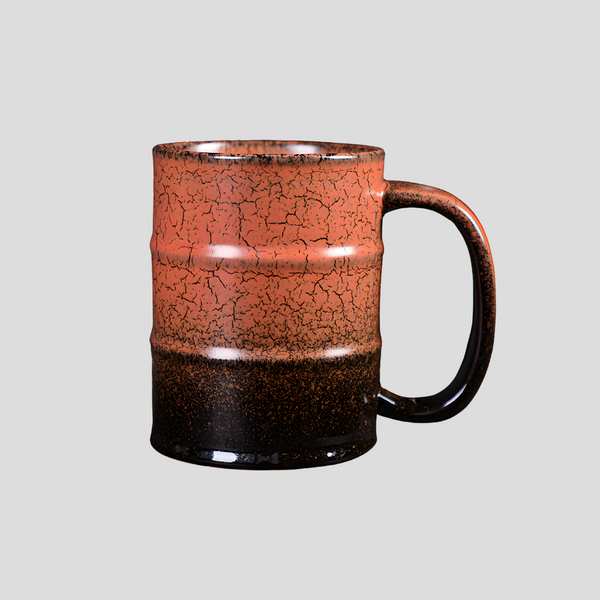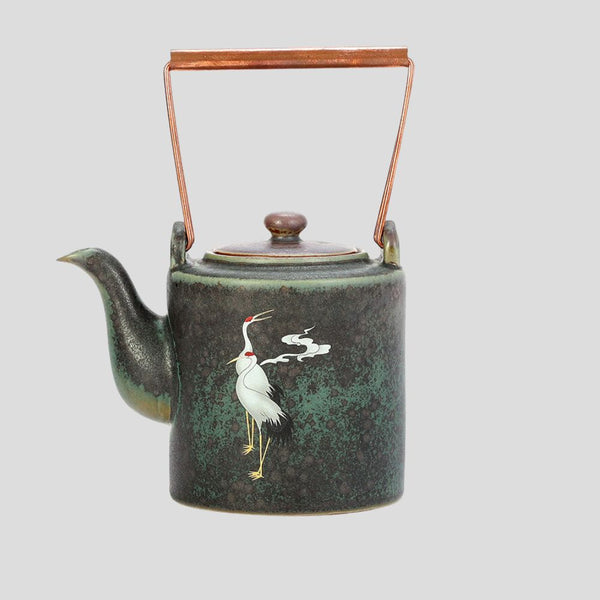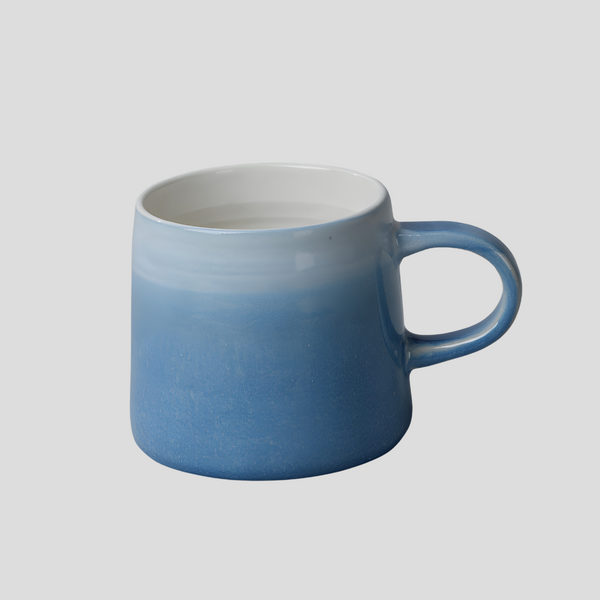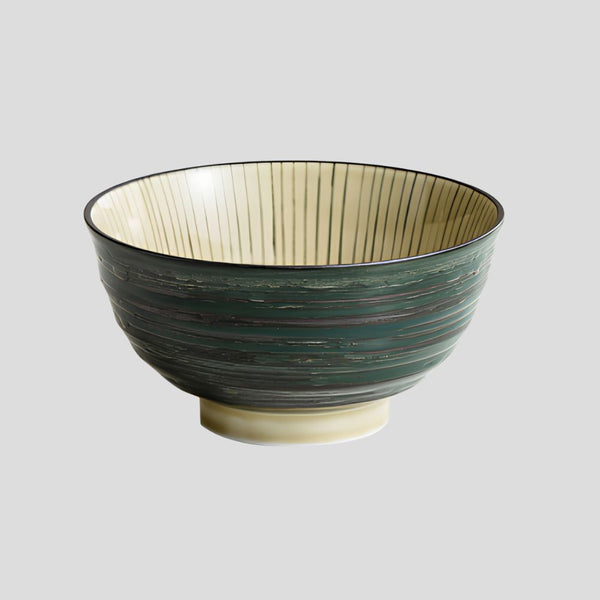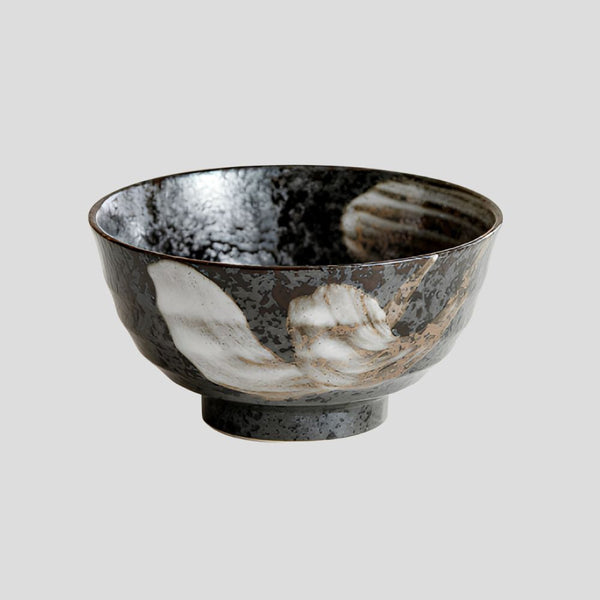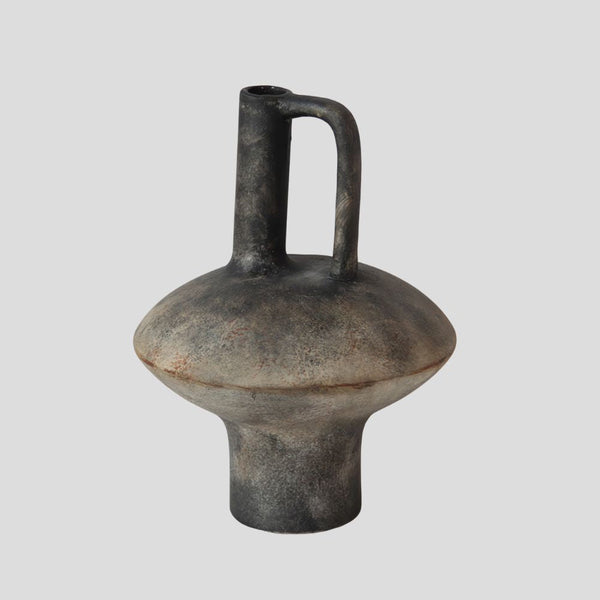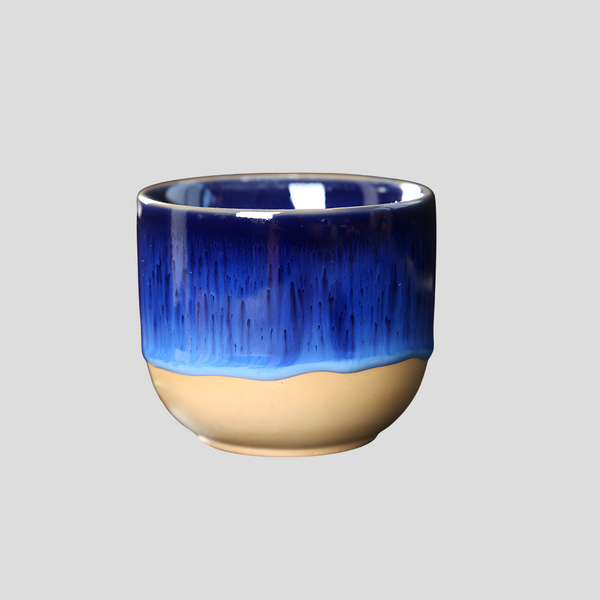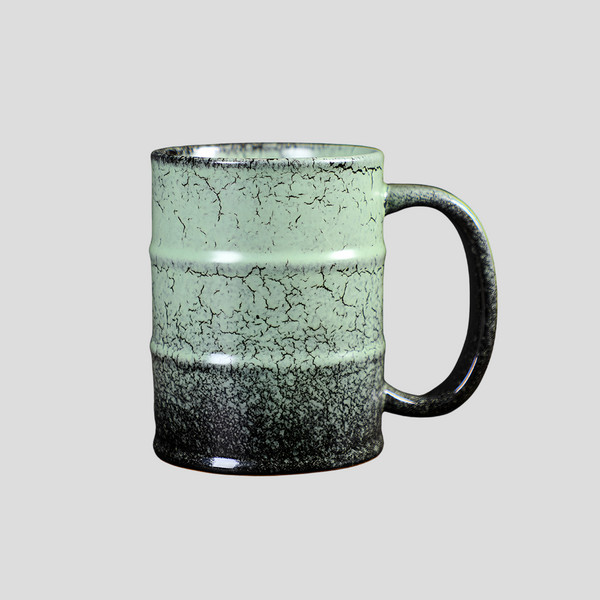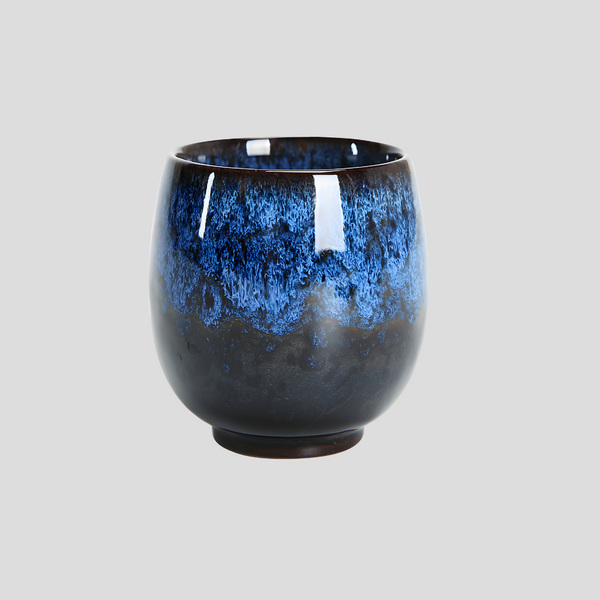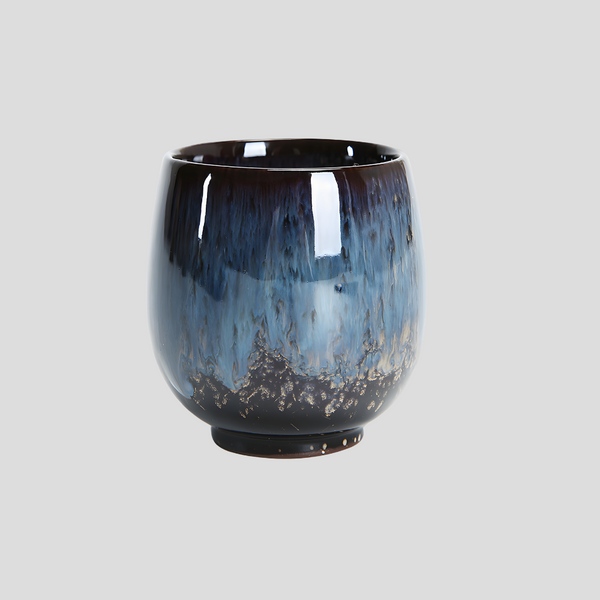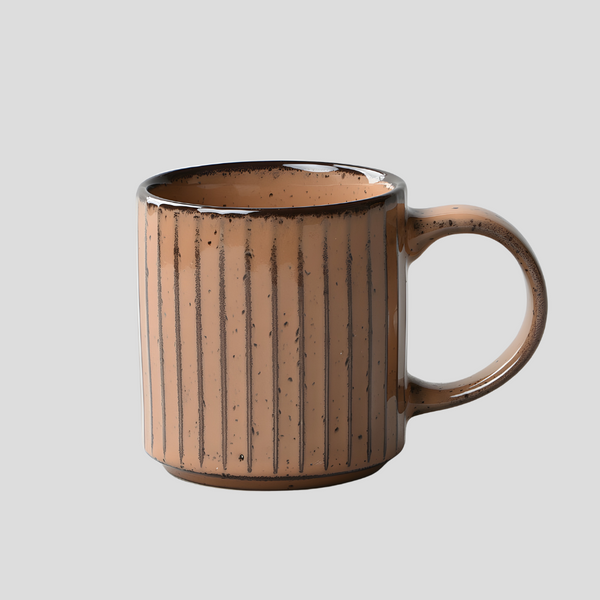
Exploring the Art of Yamasan Pottery in Japan
Exploring the Art of Yamasan Pottery in Japan
Japan's rich culture and tradition have given birth to a myriad of art forms that are prized both locally and internationally. Among these is the distinguished art of Yamasan pottery, a style that has been honed and passed down through generations. This unique pottery form, originating from the small yet historically rich town of Yamasan, offers more than just aesthetic pleasure; it is a deep expression of Japanese heritage and philosophy.
The Origins and Evolution of Yamasan Pottery
Yamasan pottery traces its roots back to the Edo period, a time when art and culture flourished amidst the peaceful yet closed-off society of Japan. Initially, Yamasan pottery was utilitarian in nature, serving the everyday needs of the local population. However, as time passed, these functional origins evolved into a more artistic endeavor, incorporating intricate designs and a broader palette of glazes. This transformation was not just a change in the physical aspects of the pottery but also a reflection of the shifting cultural landscape in Japan.
Characteristics of Yamasan Pottery
The most striking feature of Yamasan pottery is its profound connection with nature. This is evident both in the material used—clay sourced from the rich mountainous regions around Yamasan—and in the designs, which often draw inspiration from the natural world. The pottery frequently features motifs of flora and fauna, with artisans painstakingly depicting the delicate balance of life in their work. Furthermore, the glaze techniques used in Yamasan pottery are unique, with many pieces showcasing vibrant yet earthy tones that seem to encapsulate the essence of the Japanese landscape.
The Making Process
The creation of Yamasan pottery is a meticulous process that combines traditional techniques with the personal touch of the artisan. The journey begins with the careful selection of clay, which is then shaped into the desired form. This is followed by a meticulous decoration process, where artisans apply glazes and carvings by hand, ensuring each piece is unique. The pottery is then fired in kilns, some of which are centuries old, adding another layer of historical significance to each piece. The firing process is crucial, as it not only hardens the clay but also brings out the vibrant colors of the glaze, resulting in the final masterpiece that is both robust and beautiful.
The Cultural Significance of Yamasan Pottery
Yamasan pottery is not just valued for its aesthetic appeal; it also holds a significant place in the cultural and spiritual life of Japan. The pieces are often associated with the concept of wabi-sabi, a core principle of Japanese aesthetics that finds beauty in imperfection and transience. Yamasan pottery, with its natural imperfections and subtle variations, embodies this philosophy, making it a source of contemplation and appreciation for the deeper aspects of life.
Preserving the Tradition
In today’s rapidly modernizing world, the artisans of Yamasan are faced with the dual challenge of preserving their rich heritage while also ensuring its relevance to contemporary society. Various initiatives, such as workshops and exhibitions, have been undertaken to introduce this traditional art form to a wider audience. Moreover, younger generations of artisans are being trained in the age-old techniques, ensuring that the art of Yamasan pottery continues to thrive and evolve.
The art of Yamasan pottery is a vivid testament to Japan's rich cultural tapestry. It is an enduring expression of the country's deep respect for nature, history, and tradition. As more people around the world discover the beauty and depth of Yamasan pottery, it stands as a proud reminder of the enduring appeal of traditional arts in our modern age.
Click this link to check out our ceramic artwork!
